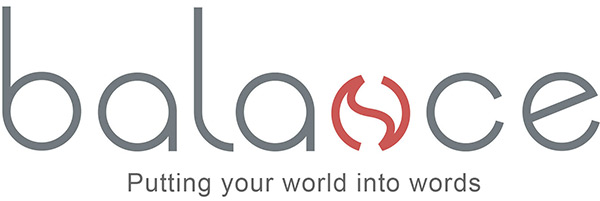
Even before Covid, remote working had become a regular part of life for the majority of the world’s workforce. Now, it’s hard to find anyone who doesn’t have frequent online meetings as part of their working week.
2020 has been the year of the video meeting and, as with so many cultural innovations, the practice has been somewhat anarchic. Meetings go on for hours, children appear in the background demanding lunch, dogs and cats wander across the screen, participants take their device to the toilet with the camera still on, or stand up to fetch a drink, forgetting that they haven’t yet put on their trousers!
This was funny for a while but the novelty has worn off. Workers complain of ‘Zoom fatigue’ and spending their days in back-to-back meetings. If companies are to rely on remote meetings as a long-term strategy, it’s important to apply some controls. Here are five essential principles to ensure your remote meetings don’t become a joke.
1 Choose the right medium
Does your meeting actually warrant a video call? The working world managed perfectly well without video calls for decades – we just made calls.
The telephone is actually a much less distracting, more immediate medium than video conferencing, so if you need to speak to a client or colleague about a matter that really doesn’t require visual support, put the laptop to one side and pick up the phone.
If you do need to hold video meetings, research all the different video conferencing platforms to find one that best suits your needs. And make sure your equipment is up to the job. That applies to your employees too. If you expect them to communicate in this way, give them the equipment and connectivity to do so as effortlessly as possible. Poor bandwidth and slow processors could drive your talent away.
2 Categorise your meetings by purpose
The pandemic has thrown the spotlight on mental health and the need for managers to check in with their individual team members on a personal level. This is good, but it shouldn’t be mixed with a meeting about sales strategy.
Work meetings are necessary for various purposes: brainstorming, training, appraisals, wellbeing… keeping them separate will help to keep them focused and succinct.
Apply an appropriate code of conduct for each type of meeting. For example, you could dress informally and have a cat in the background if you want to chat to an employee about their mental health, whereas more formal work wear and a plain background would be better for their annual appraisal. The same applies to training, team meetings and sales calls. Apply an appropriate level of professionalism and ask all your employees to follow the same code.
3 Have a structured plan
A good meeting is a fast meeting. Maintain momentum by structuring your meeting with an agenda and, ideally, a time limit.
Decide in advance who should speak about what and for how long and share the programme ahead of the meeting. There have been some really impressive ‘events’ held on video conferencing platforms in 2020, where there has been a well planned schedule, a variety of interesting speakers and a strict time limit. When structured efficiently, this is a medium that can deliver a lot of valuable content all around the world in a succinct and impactful way.
4 Make sure everyone is ready
This relates to point 2 and the code of conduct. As a general rule for all types of remote meeting, all attendees should be expected to arrive on time, as they would in the physical world, dressed appropriately, well prepared and without distractions or disruptions in the background.
Different companies will have different approaches to these standards, but whatever your standards were when everybody worked under one roof, apply them to video meetings too and communicate your expectations and the reasons behind them.
Your people will be much more energised and inspired by a meeting that runs efficiently and ends on time than they will by one that drifts on without direction.
5 Wrap it all up
When the meeting is over, cement the value of the time you’ve spent together by writing up a summary with action points and circulating it to all attendees. Concluding your meetings with a summary shows that you’ve been listening, gives recognition for everybody’s attendance and reinforces the sense of purpose and progress that every meeting should have, whatever its purpose may be.
These principles have been standard business meeting practice for years, but they have become widely neglected, especially amid the anarchy of the remote working boom. It’s time to get organised again. We have the technology – don’t let it run away with you.
This article was written on behalf of Origo.is
Photo by Anna Shvets from Pexels


